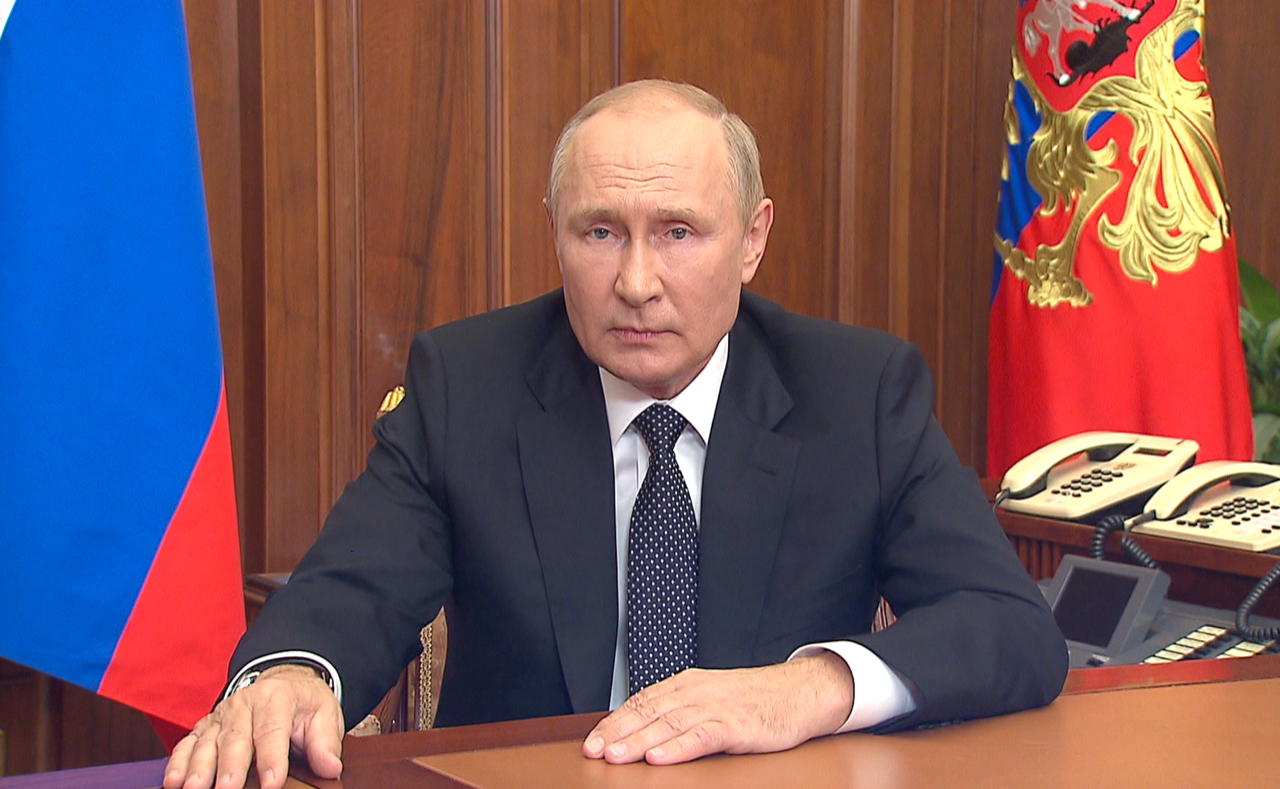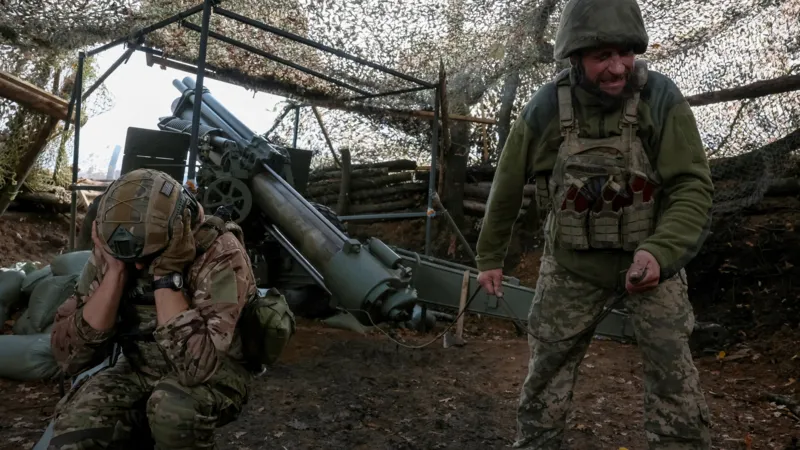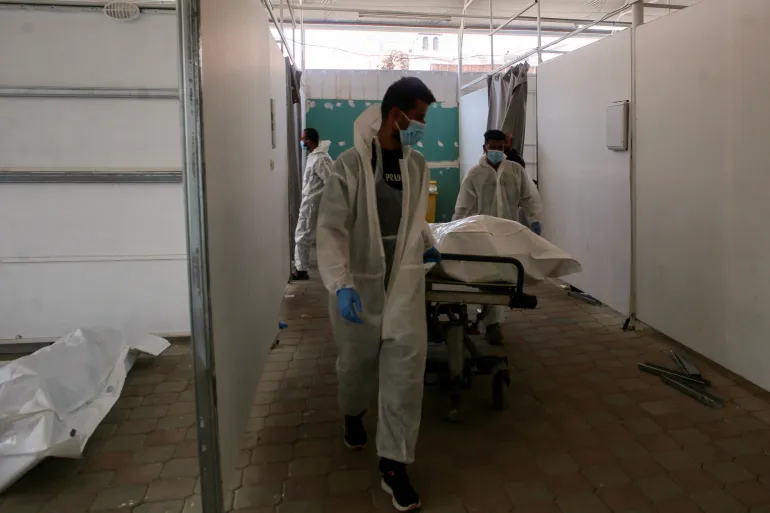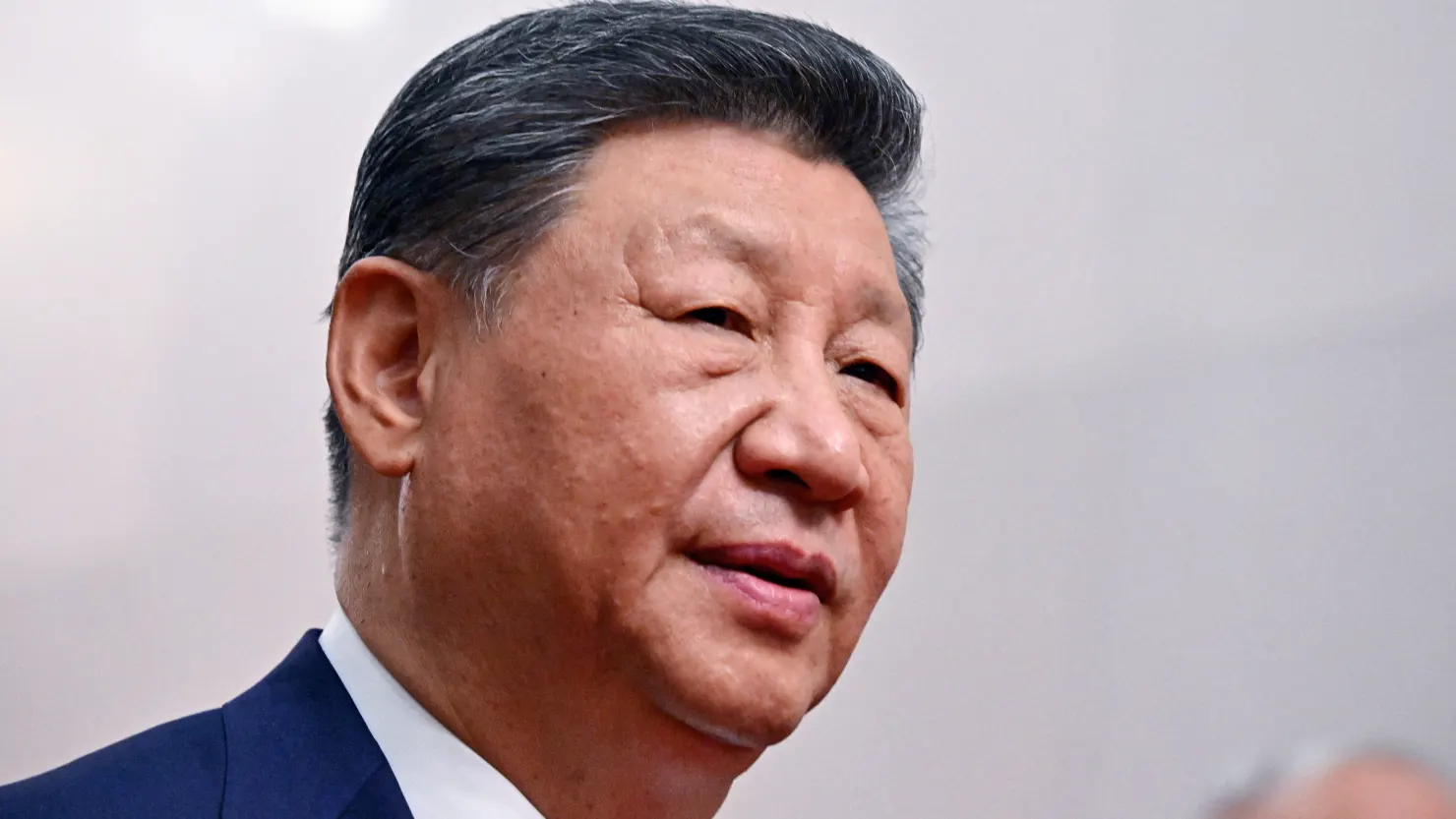Escalation in Nuclear Rhetoric
Russian President Vladimir Putin has raised the stakes in the ongoing war by threatening to strike Ukrainian nuclear power plants if Kyiv continues what Moscow calls “reckless actions” against nuclear facilities. The statement, made amid intensifying clashes around energy infrastructure, has sparked fears of a catastrophic escalation that could endanger not only Ukraine but also neighboring countries in Europe.
Putin denied that Russia has targeted the Zaporizhzhia nuclear plant, which his forces control, but warned that retaliatory action could be taken against nuclear facilities in areas held by Ukraine. His remarks highlight how nuclear safety has become entangled in military strategy — a dangerous precedent in modern warfare.
Nuclear Plants on the Frontlines
Ukraine relies heavily on nuclear energy, with nearly half of its electricity generated from reactors across the country. Facilities such as Rivne, Khmelnytskyi, South Ukraine, and Zaporizhzhia remain central to the grid, even as they have become vulnerable to shelling and power disruptions.
Since 2022, the Zaporizhzhia plant has been under Russian occupation and regularly cut off from Ukraine’s national grid due to damaged power lines. Each incident forced the plant to rely on diesel generators, a last-resort measure to keep cooling systems operational and prevent meltdown.
These risks are not theoretical. In 1986, the Chernobyl disaster showed the world the devastating consequences of a reactor accident. The thought of multiple reactors being threatened by warfare raises the stakes exponentially.
Why Russia’s Threat Is Dangerous
- Civilian Catastrophe: Any strike on a nuclear plant risks releasing radioactive material. Depending on the scale, millions could be exposed, and vast areas rendered uninhabitable.
- Regional Fallout: Radiation does not respect borders. Neighboring countries — including NATO members — could be affected, creating an international crisis.
- Strategic Leverage: By raising the specter of nuclear disaster, Russia is sending a message not just to Ukraine but also to Western allies: escalation carries unimaginable risks.
- Psychological Warfare: The threat creates fear among civilians and pressures Kyiv’s leadership by linking national survival to nuclear safety.
Why an Attack Might Be Unlikely
Despite the severity of the threat, several powerful deterrents exist:
- Global Backlash: A deliberate strike on a nuclear plant would be considered a war crime and could trigger unprecedented international isolation for Moscow.
- Self-Inflicted Risk: Many Ukrainian reactors are close to Russian-controlled territory. Radiation released from an attack could spread into Russian regions.
- Technical Complexity: Unlike standard military targets, reactors are heavily fortified. Damaging them without causing uncontrollable fallout is difficult, increasing the risk of blowback.
- Western Red Lines: NATO allies may see such an attack as a direct security threat, potentially prompting stronger military intervention.
The Role of the IAEA
The International Atomic Energy Agency (IAEA) has repeatedly called for a “nuclear safety zone” around Ukrainian plants. Its inspectors remain on the ground at Zaporizhzhia, monitoring operations and reporting on safety breaches. However, the IAEA lacks enforcement power. Its presence is a deterrent, but not a guarantee against escalation.
Ukraine’s Preparations
Kyiv has taken steps to protect its nuclear facilities. Backup power systems, reinforced defenses, and coordination with international monitors have been prioritized. Ukrainian officials argue that Russia’s occupation of Zaporizhzhia already amounts to “nuclear blackmail,” as Moscow controls a facility critical to both civilian energy and regional security.
Global Implications
The threat against Ukraine’s nuclear power plants extends beyond the battlefield:
- European Energy Security: A nuclear accident could force shutdowns across the region, worsening energy shortages.
- Environmental Disaster: A meltdown or radioactive release would contaminate soil, water, and air across borders for decades.
- Precedent for Future Conflicts: If nuclear plants become accepted targets in war, international norms protecting civilian infrastructure may collapse.
What Comes Next
Observers are closely watching whether Russia’s threats remain rhetoric or escalate into action. Key indicators include increased military activity near nuclear facilities, further damage to external power lines, and changes in Russian state media narratives.
The international community faces a difficult task: deterring Russia from crossing a line that could plunge Europe into a disaster while continuing to support Ukraine militarily and diplomatically.
Conclusion
Putin’s threat to target Ukrainian nuclear plants is more than a negotiating tactic — it is a chilling reminder of how fragile the boundaries of modern conflict have become. While significant barriers exist to carrying out such an attack, the mere suggestion adds a new layer of volatility to an already perilous war.
The world has long understood the destructive power of nuclear weapons. Now, in Ukraine, the risk lies not only in warheads but also in reactors — civilian infrastructure that could, if struck, unleash devastation far beyond the battlefield.
















Leave a Reply